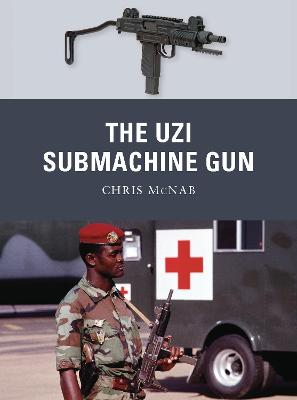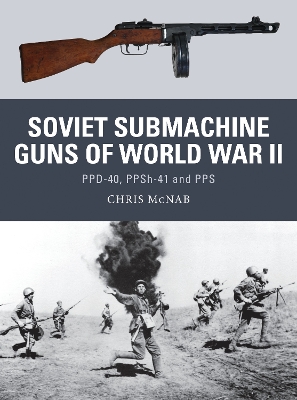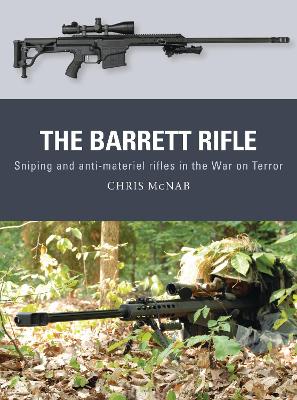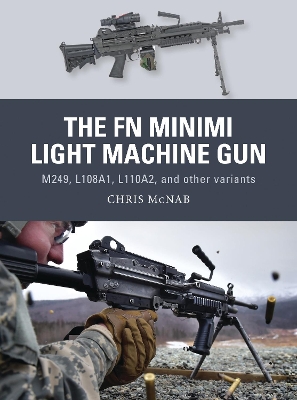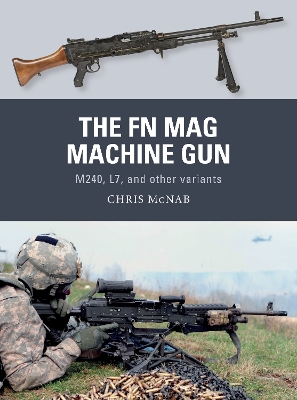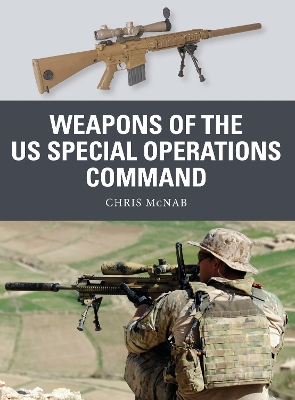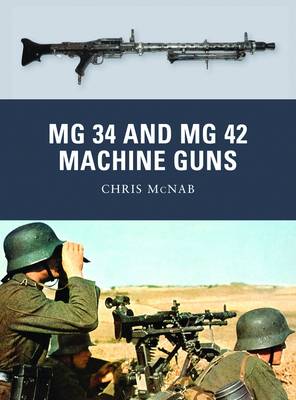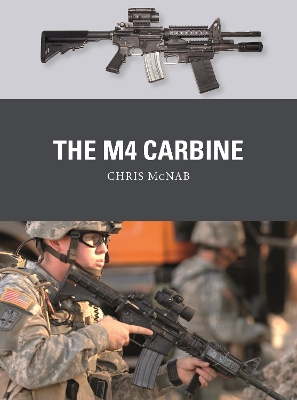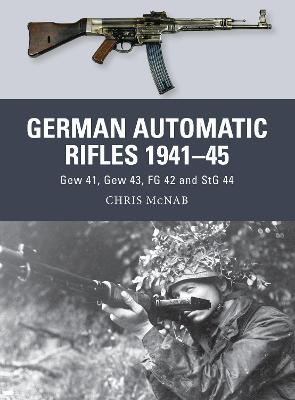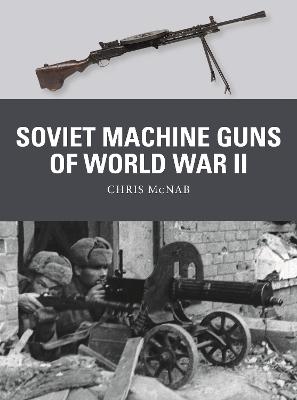Weapon
7 primary works • 11 total works
Book 12
Book 33
Book 41
Book 45
Book 53
The Minimi offers the ultimate in portable firepower. Firing the high-velocity 5.56x45mm round, the Minimi is a gas-operated, lightweight, belt- or magazine-fed weapon, able to burn through cartridges at a cyclical rate of up to 1,150 rounds per minute, making it the weapon of choice for fire support at squad level.
This study uses gripping first-hand accounts and striking combat photographs, following the Minimi to war zones such as Iraq and Afghanistan. It tracks its design and development, as well as investigating what has made it so compelling a choice for armed forces around the world for more than 40 years.
Book 63
In this book, Chris McNab charts the technical evolution of this extraordinary weapon, created by Belgian company Fabrique Nationale d'Herstal. From the jungles of South East Asia, to the deserts of the Middle East, and the icy battlefields of the Falklands, this study explores the origins, development, combat use, and legacy of the FN MAG machine gun, a dominant weapon in its field for more than a half-century.
Book 69
This means that, while SOCOM troops frequently use standard-issue weaponry, they also adopt many specialist pieces of kit that are not so accessible to the broader armed services, including sniper rifles, battle rifles, and machine guns, as well as high-tech tactical accessories used to transform standard weaponry into something exceptional.
Assessing the technology and capabilities of these combat weapons, as well as how they have been used in modern combat, this fully illustrated study lifts the veil on some of the most distinctive hand-held weapon systems of US special operations forces since 1987.
This study describes the development process in detail, from production of the first XM4 prototypes in 1984 through numerous modified types until it emerged into official use as the M4 in 1994. The M4 offered a weapon that was 1lb lighter and 6in shorter than the standard M16A2, yet could still deliver precision semi-auto and full-auto firepower up to an effective range of 500m. Over time, its capabilities have been enhanced by the M4A1 modifications plus an extensive range of tactical accessories, including optical day/night sights, laser/infrared designators, under-barrel grenade launchers and shotgun modules, foregrips, furniture options, mounting rails, and sound suppressors. Numerous M4/M4A1 combat operations are investigated to reveal why the weapon has received such high levels of approval by front-line combat troops, not only in Afghanistan and Iraq, where the M4/M4A1 has been intensively combat-tested, but also in contexts such as Colombia, India, Israel, and the Philippines. Profusely illustrated with photographs and artworks, and drawing its research from the latest declassified documents, this is a complete guide to one of the most important and widely distributed tactical infantry weapons of the last quarter-century.
